Pedro Castillo: leftist outsider who rode to power in Peru
Pedro Castillo amassed support among the left-behind as a trade-union leader before riding to power in this year’s presidential race. What has the country let itself in for?
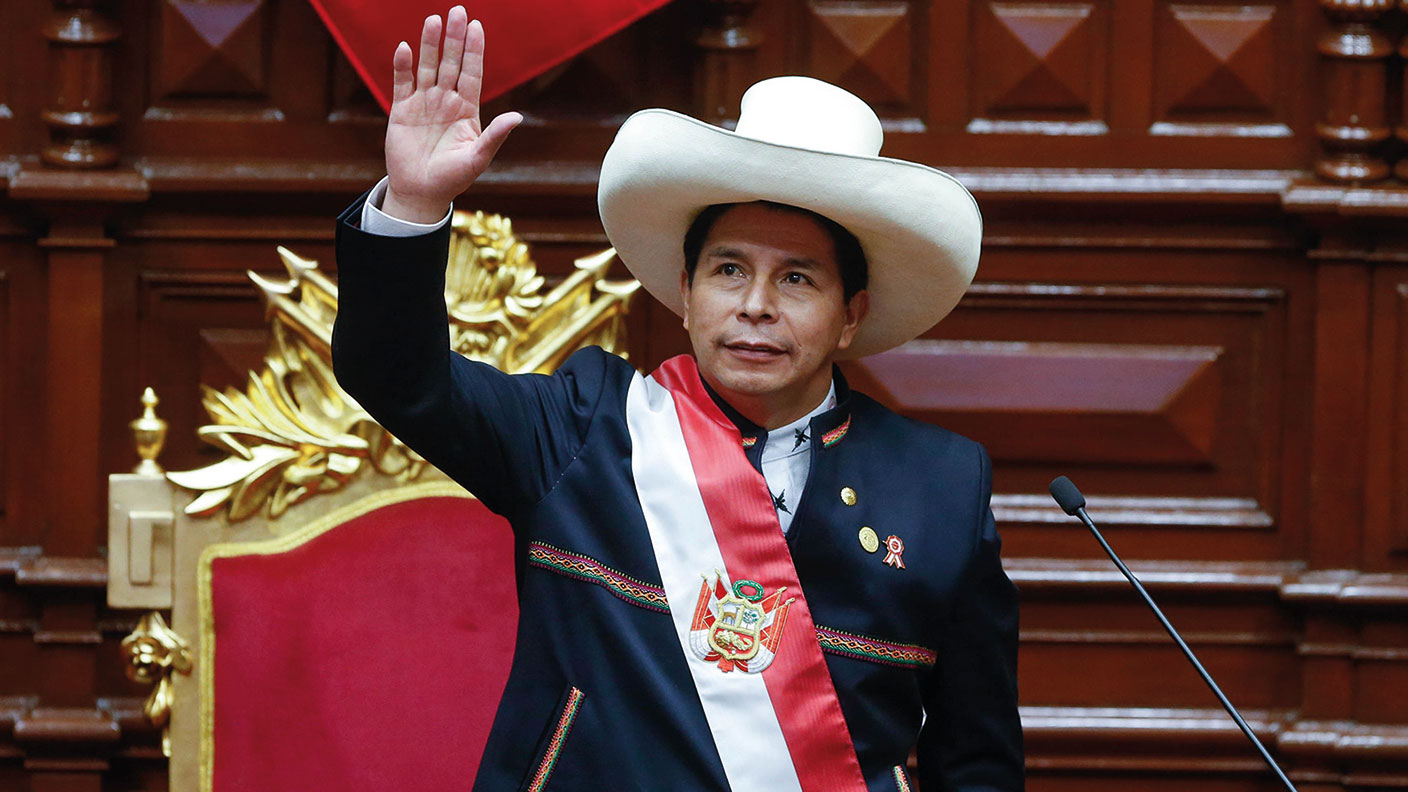
Pedro Castillo was “a virtual unknown” before he joined this year’s presidential race in Peru – eventually snatching a narrow win over his far-right rival Keiko Fujimori in June. A rural teacher and union activist who, as the Financial Times notes, rode to vote on horseback in “his trademark Stetson hat”, he had campaigned on the slogan “No more poor in a rich country” – tempered with reassurances that he was “his own man”, not beholden to the Marxist ideology embraced by some in the Free Peru party that had adopted him.
A taste for outsiders
Still, any expectation that Castillo might lead a moderate government were dashed almost as soon as he donned the presidential sash, says Bloomberg. A day after taking office he appointed one of Peru’s most controversial politicians, Guido Bellido, as prime minister. Bellido is currently under investigation for being “an alleged apologist for terrorists” – having publicly supported members of the “Shining Path” Maoist rebel group that killed tens of thousands of Peruvians in an attempt to seize power in the 1980s and 1990s, says The Guardian. After a month of turmoil, the administration has just survived a vote of confidence motion in Parliament. It’s unlikely to be the last.
That some kind of political accord has now been cobbled together is largely down to financial fears. Already reeling from one of the world’s worst per capita Covid-19 death tolls and a savage recession, Peru has suffered a sobering financial shock since Castillo rode onto the scene. Stocks saw their worst crash in years on his election and the Peruvian sol has been hammered. Barclays estimates investors have pulled some $3bn out of the country since April, when the Peruvian electorate had to choose between an unreconstructed socialist or fascist government.
MoneyWeek
Subscribe to MoneyWeek today and get your first six magazine issues absolutely FREE
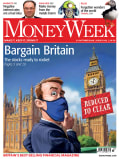
Sign up to Money Morning
Don't miss the latest investment and personal finances news, market analysis, plus money-saving tips with our free twice-daily newsletter
Don't miss the latest investment and personal finances news, market analysis, plus money-saving tips with our free twice-daily newsletter
How did a middle-aged country primary school teacher, untried in public office, rise to take power? Peru has always “had a taste for electing outsiders”, says The Economist, but none with “as little political experience or knowledge of the world” as Castillo. In his only previous bid for elected office – when he stood for mayor of a small town in 2002 – he lost. He was born in 1969 to an illiterate family of peasant farmers based in the remote Cajamarca region of the Andes. His life story resonated among millions left behind by uneven economic growth in the world’s second-biggest copper exporter. He paid for his studies to become a teacher selling ice-creams on the street. As a union leader, he travelled to outlying towns and villages, amassing grassroots support. “Rage against the political establishment” following the devastation of the pandemic was a big factor in his rise. Castillo played up to it by presenting himself as a crusader, notes the BBC. He was rarely seen without two key props: the traditional white hat of his region and “a huge inflatable pencil” representing his background in education.
True to his populist credentials, Castillo has renounced the presidential palace (built on the site of the house of Francisco Pizarro, the Spanish conquistador of Peru) and vowed to draw a salary equivalent to what he was paid as a teacher. Opponents claim he’s little more than a puppet of hard-left ideologues.
Creating another Venezuela?
What happens next is anyone’s guess. Castillo has said he wants to “rewrite the nation’s charter” along similar lines to that of other Latin American radicals such as Hugo Chávez in Venezuela. Opponents say they will resist that at all costs. Investors used to say that Peru’s economy is impervious to “crazy politics”, says the FT. In the current morass, they are now discovering “that politics matters after all”.
Get the latest financial news, insights and expert analysis from our award-winning MoneyWeek team, to help you understand what really matters when it comes to your finances.
Jane writes profiles for MoneyWeek and is city editor of The Week. A former British Society of Magazine Editors editor of the year, she cut her teeth in journalism editing The Daily Telegraph’s Letters page and writing gossip for the London Evening Standard – while contributing to a kaleidoscopic range of business magazines including Personnel Today, Edge, Microscope, Computing, PC Business World, and Business & Finance.
She has edited corporate publications for accountants BDO, business psychologists YSC Consulting, and the law firm Stephenson Harwood – also enjoying a stint as a researcher for the due diligence department of a global risk advisory firm.
Her sole book to date, Stay or Go? (2016), rehearsed the arguments on both sides of the EU referendum.
She lives in north London, has a degree in modern history from Trinity College, Oxford, and is currently learning to play the drums.
-
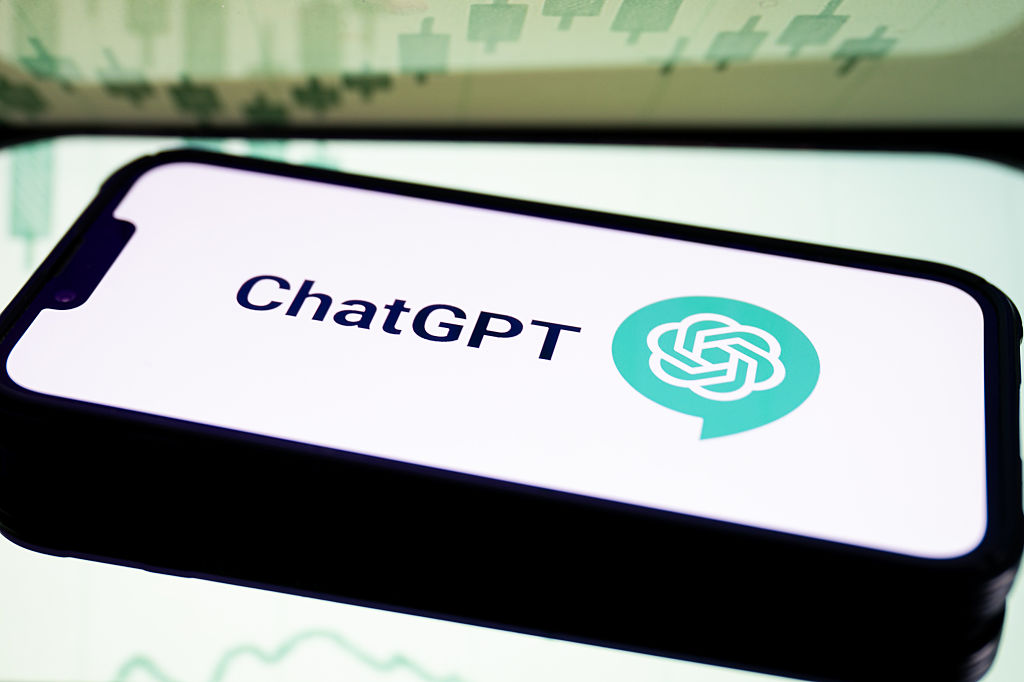 ChatGPT turns three: what’s next for the ‘AI era’?
ChatGPT turns three: what’s next for the ‘AI era’?Three years after its launch kickstarted the age of AI, ChatGPT and its maker OpenAI are driving the stock market. But concerns are growing over whether OpenAI will be able to turn its AI dominance into profit.
-
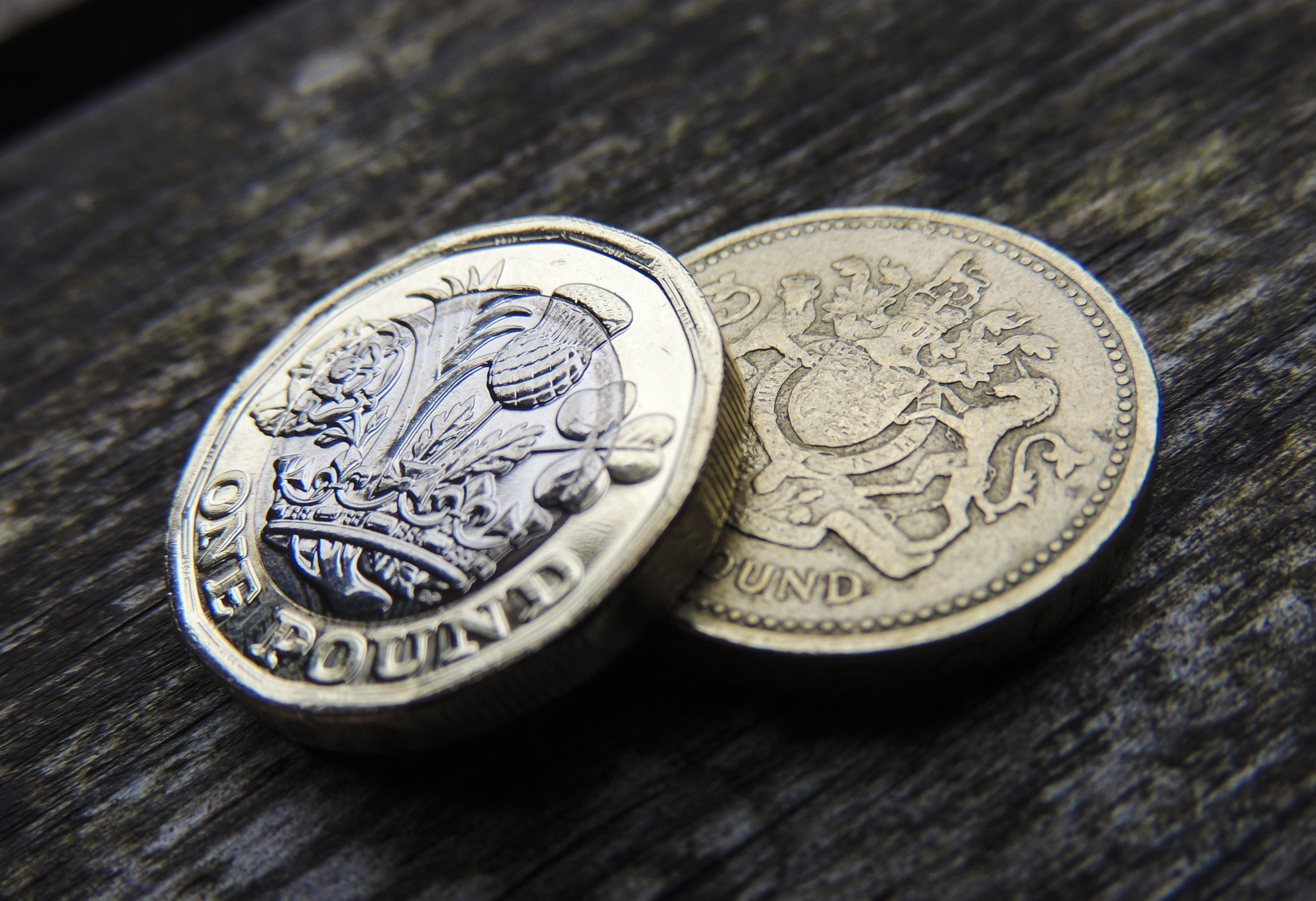 What to do with old £1 coins
What to do with old £1 coinsThe old one pound coin was demonetised in 2017, but there are still millions out there in the UK. Here’s what to do if you find an old £1.
-
 Big Short investor Michael Burry closes hedge fund Scion Capital
Big Short investor Michael Burry closes hedge fund Scion CapitalProfile Michael Burry rightly bet against the US mortgage market before the 2008 crisis. Now he is worried about the AI boom
-
 Chen Zhi: the kingpin of a global conspiracy
Chen Zhi: the kingpin of a global conspiracyChen Zhi appeared to be a business prodigy investing in everything from real estate to airlines. Prosecutors allege he is the head of something more sinister
-
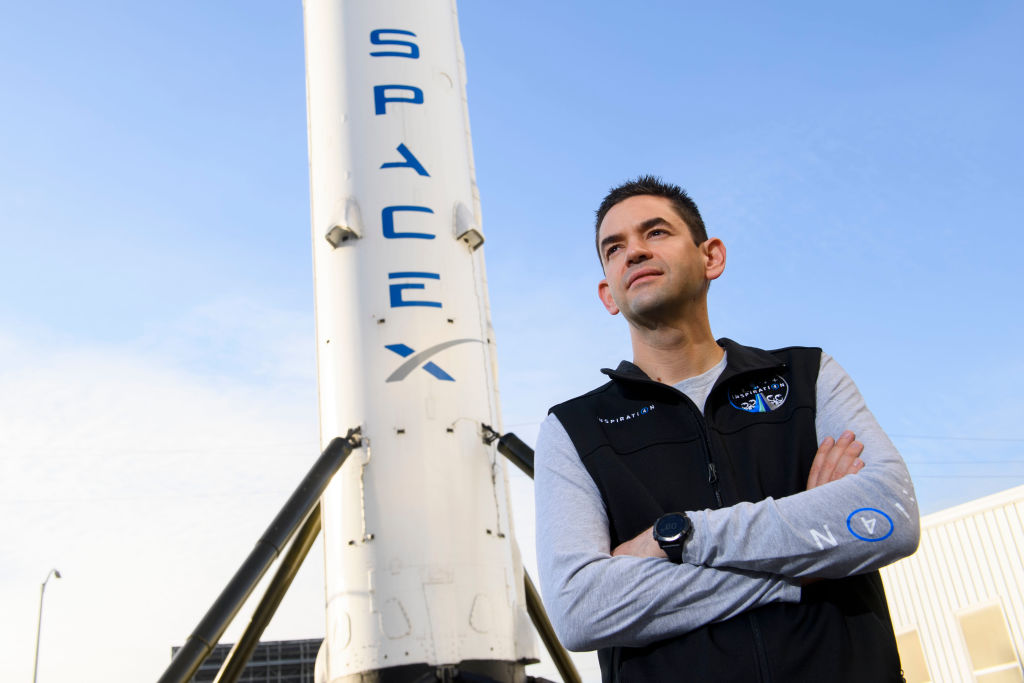 Who is Jared Isaacman, SpaceX astronaut and Trump's pick as NASA chief?
Who is Jared Isaacman, SpaceX astronaut and Trump's pick as NASA chief?Jared Isaacman is a close ally of Elon Musk and the first non-professional astronaut to walk in space. Now, he is in charge of NASA
-
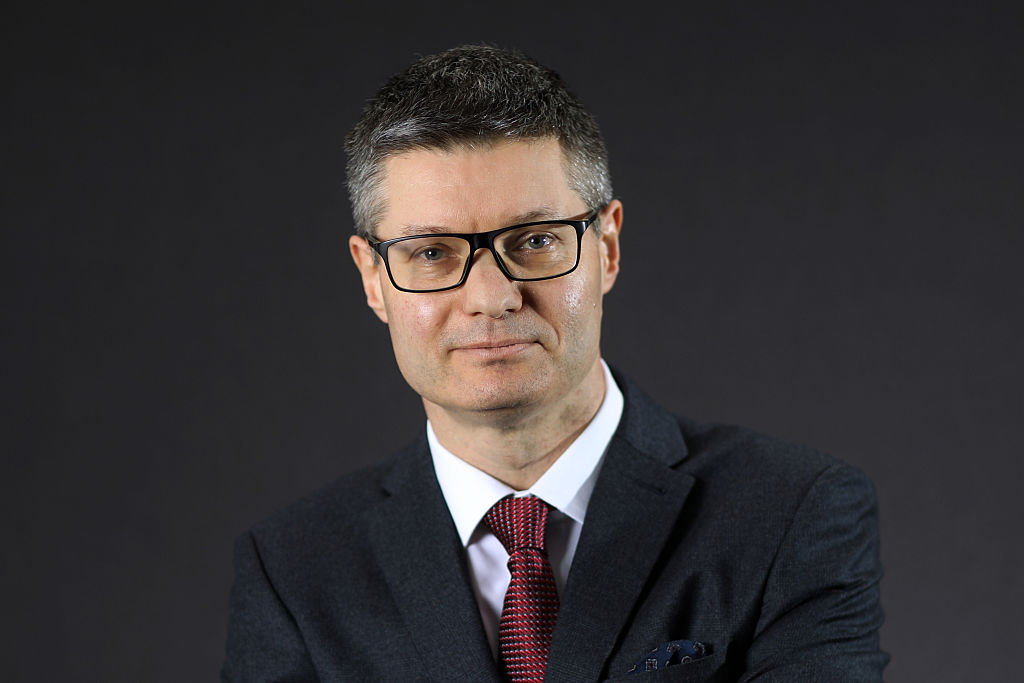 Defeat into victory: the key to Next CEO Simon Wolfson's success
Defeat into victory: the key to Next CEO Simon Wolfson's successOpinion Next CEO Simon Wolfson claims he owes his success to a book on military strategy in World War II. What lessons does it hold, and how did he apply them to Next?
-
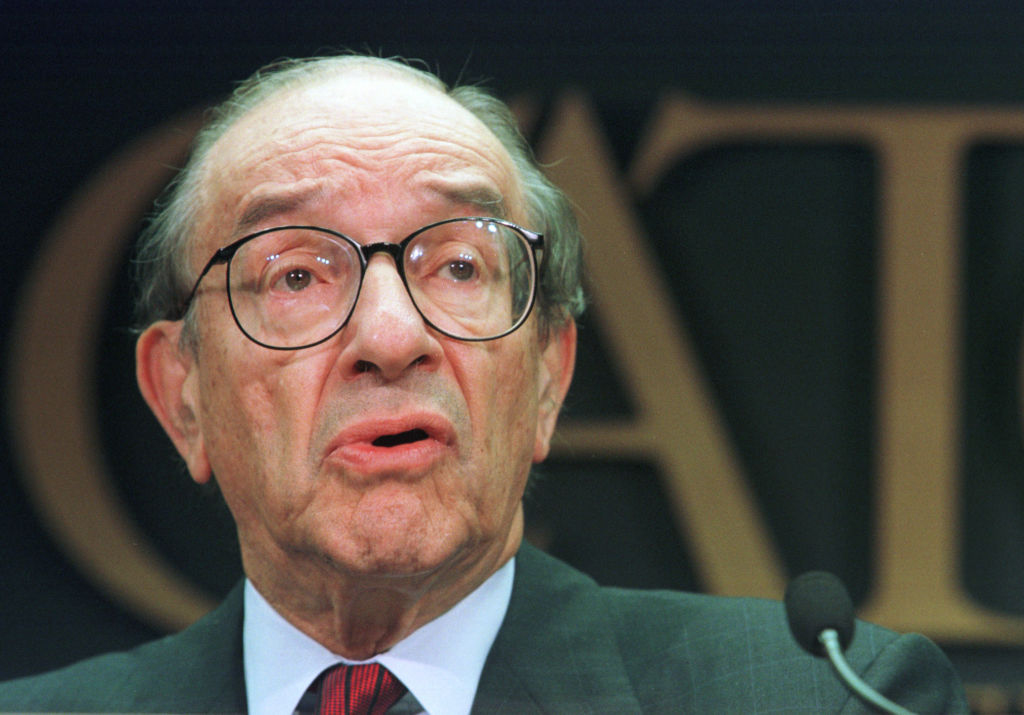 'We still live in Alan Greenspan’s shadow'
'We still live in Alan Greenspan’s shadow'When MoneyWeek launched 25 years ago, Alan Greenspan was chairman of the Federal Reserve. We’re still living with the consequences of the whirlwind he sowed
-
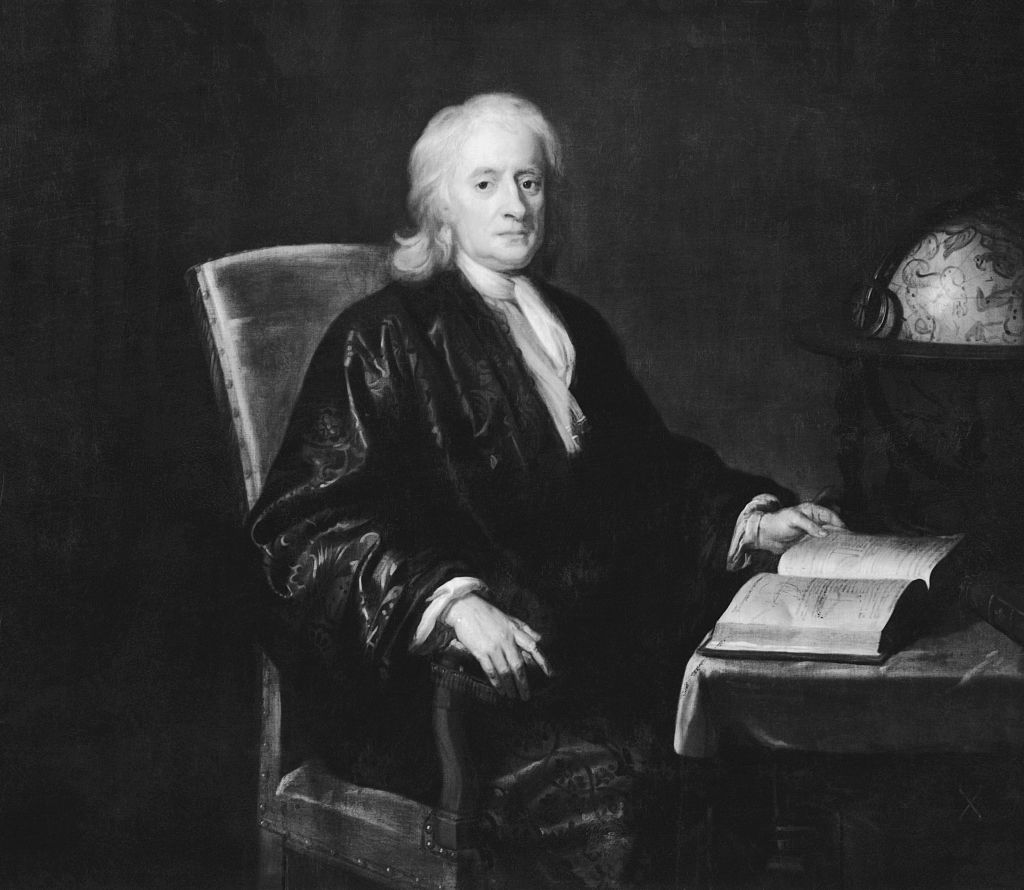 Isaac Newton's golden legacy – how the English polymath created the gold standard by accident
Isaac Newton's golden legacy – how the English polymath created the gold standard by accidentIsaac Newton brought about a new global economic era by accident, says Dominic Frisby
-
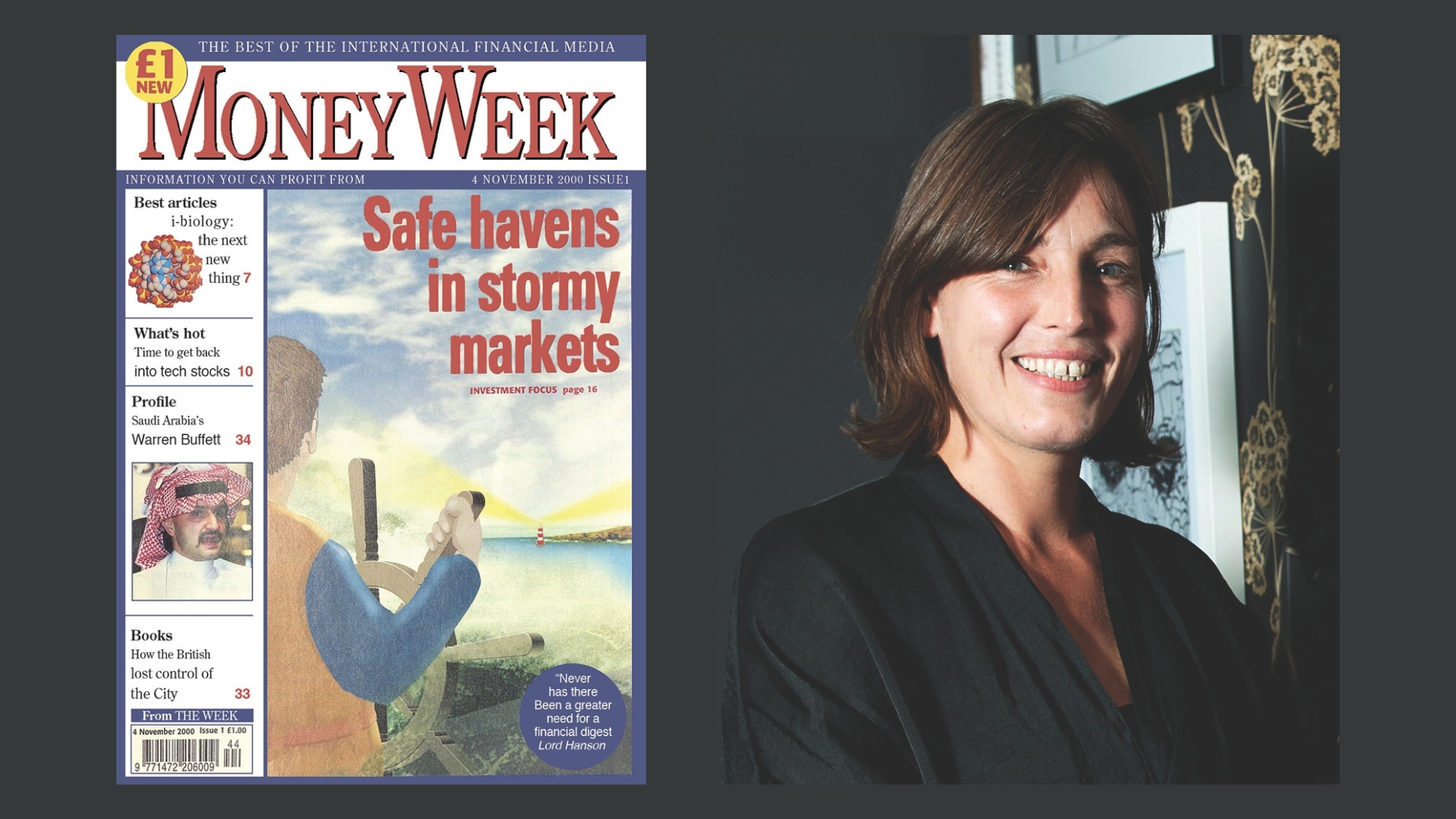 'How I brought MoneyWeek to the masses'
'How I brought MoneyWeek to the masses'Launching MoneyWeek gave ordinary investors information – and hence power, says Merryn Somerset Webb
-
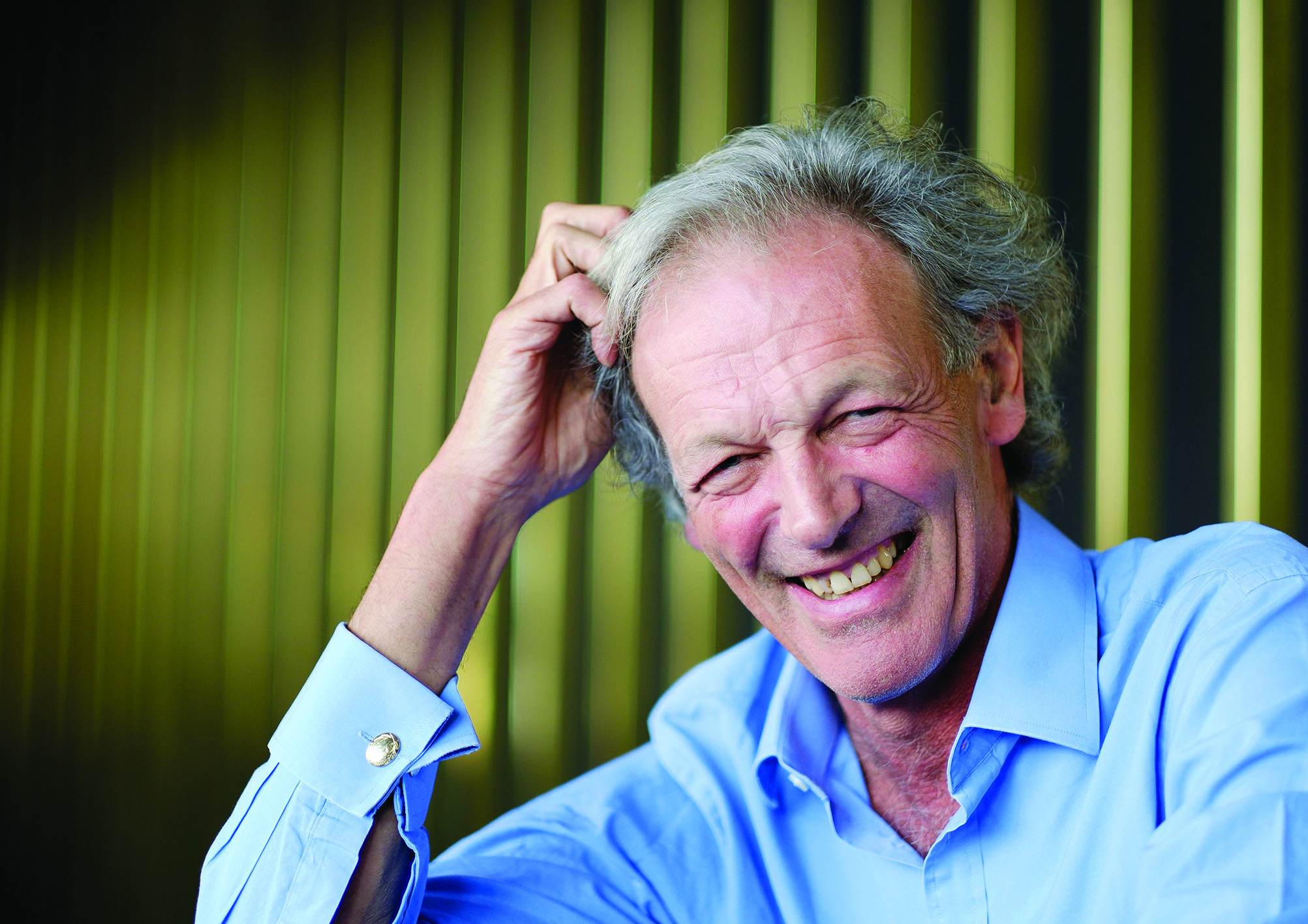 'Why I launched MoneyWeek'
'Why I launched MoneyWeek'Inspired by The Week and uninspired by the financial press, Jolyon Connell decided it was time for a new venture. That's where MoneyWeek came in